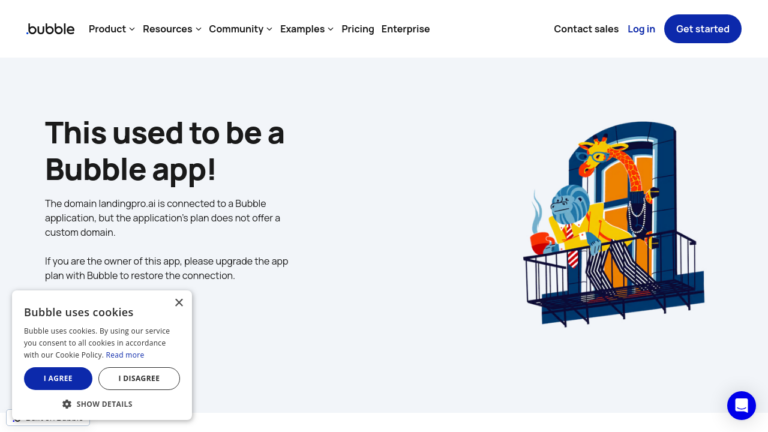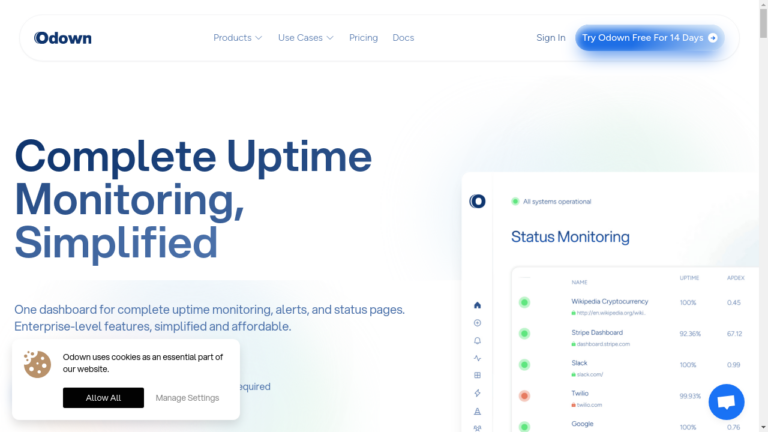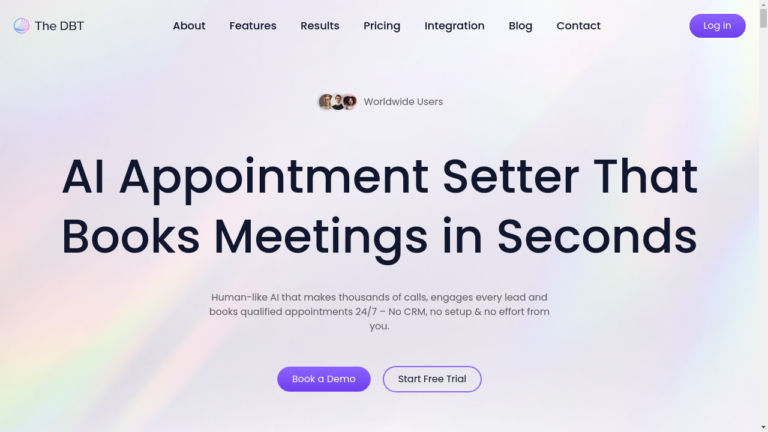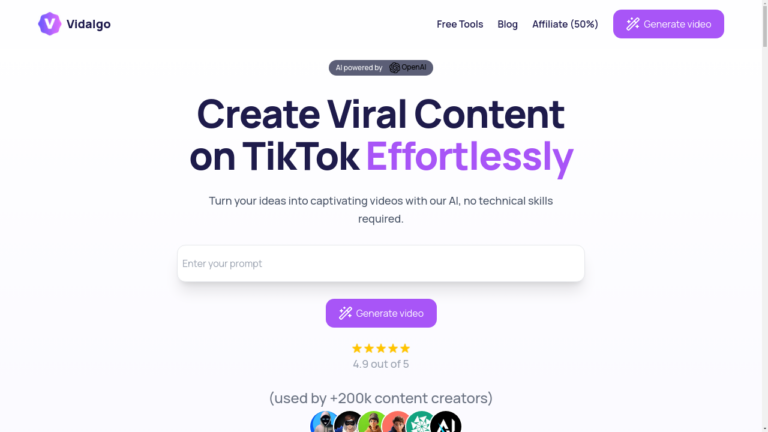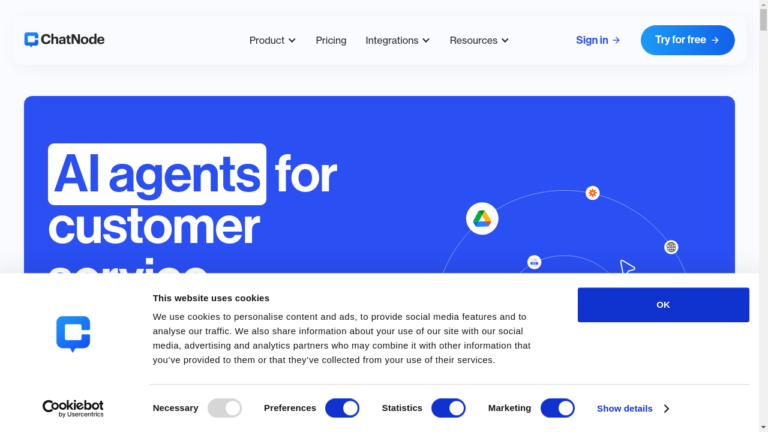Startup Name: LandingPro AI Tagline: AI that writes website copy that actually sell Elevator Pitch: AI that...
Pitch your Startup
Startup Name: Click For Translation Tagline: Are you browsing translation services near me? Click For Translation is...
Startup Name: Odown Tagline: Uptime Monitoring & Public Status Pages Elevator Pitch: Simple website uptime monitoring tool...
TheDBT.Ai - The DBT Ai is an AI Appointment Setter and AI SDR Agent that qualifies leads,...
Startup Name: Vidalgo Tagline: AI, Video, TikTok, Creation, Faceless, Editing, Scripts, Voices, Fast, Easy, Engaging, Content, Dynamic,...
Startup Name: ChatNode Tagline: Build advanced AI chatbots with deep business insights. Elevator Pitch: ChatNode.ai is an...
Startup Name: Scan My Kitchen Tagline: Recipe suggestions by available/desired ingredients. Elevator Pitch: Scan My Kitchen turns...
Debugg AI - Zero Config Browser Testing
